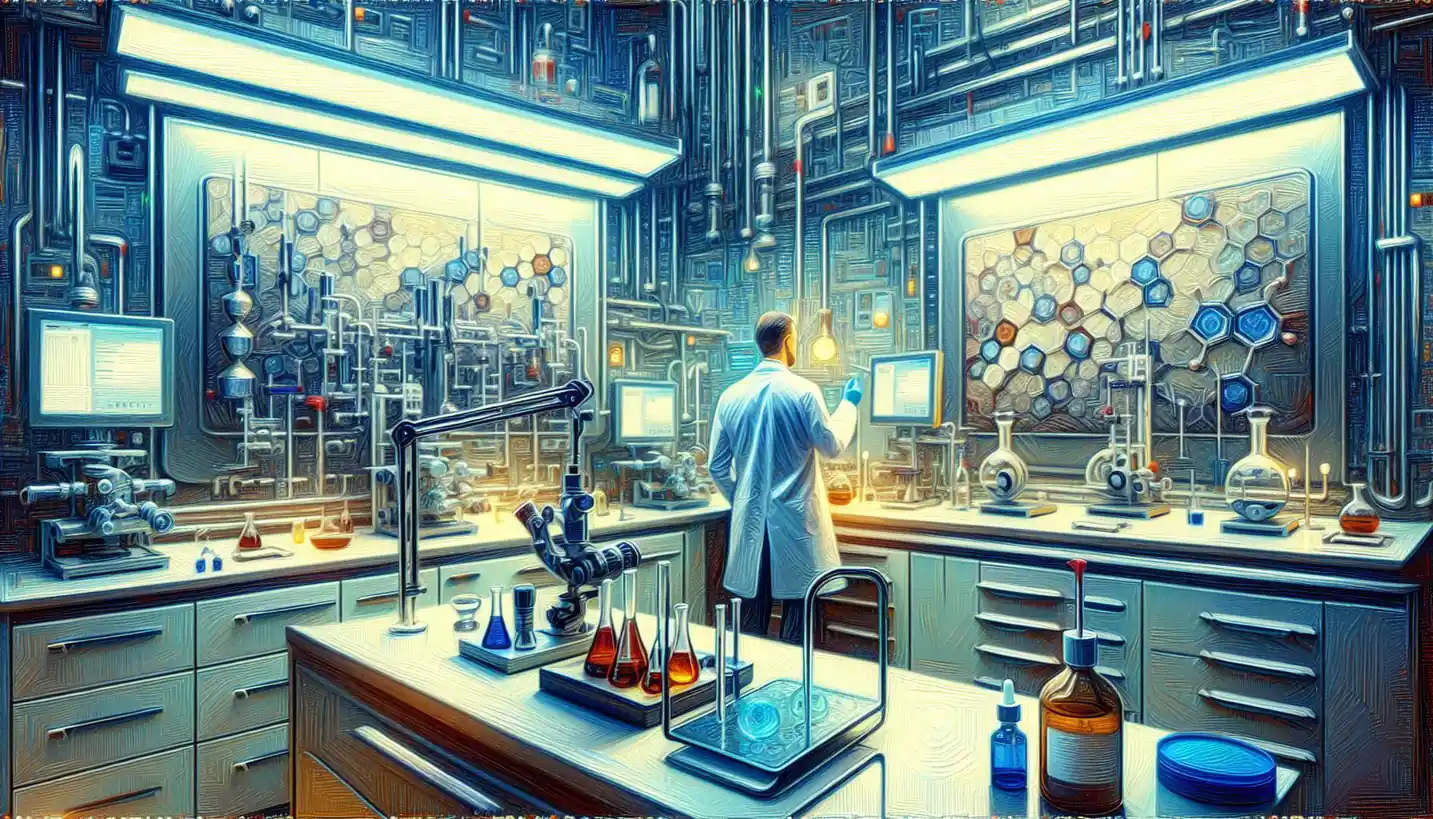
Flame Photometry: Lighting Up the Secrets of Chemistry
Flame Photometry uncovers the elemental secrets of chemistry with a splash of light. Discover how this glowing technique helps scientists understand compositions better.

Flame Photometry uncovers the elemental secrets of chemistry with a splash of light. Discover how this glowing technique helps scientists understand compositions better.
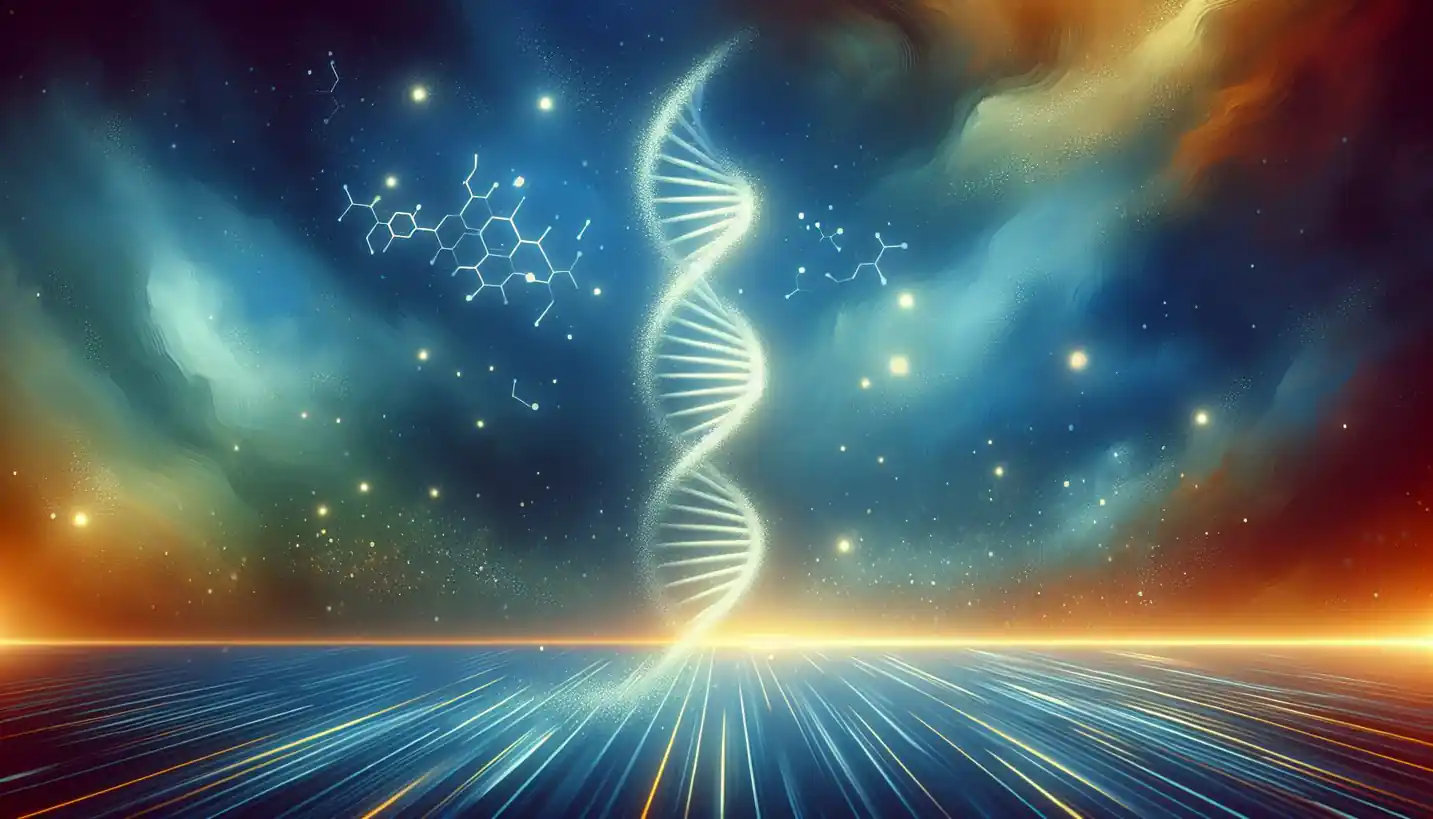
The Hartree-Fock Method is pivotal for quantum chemical calculations. Explore its role in providing accurate descriptions of molecular systems.
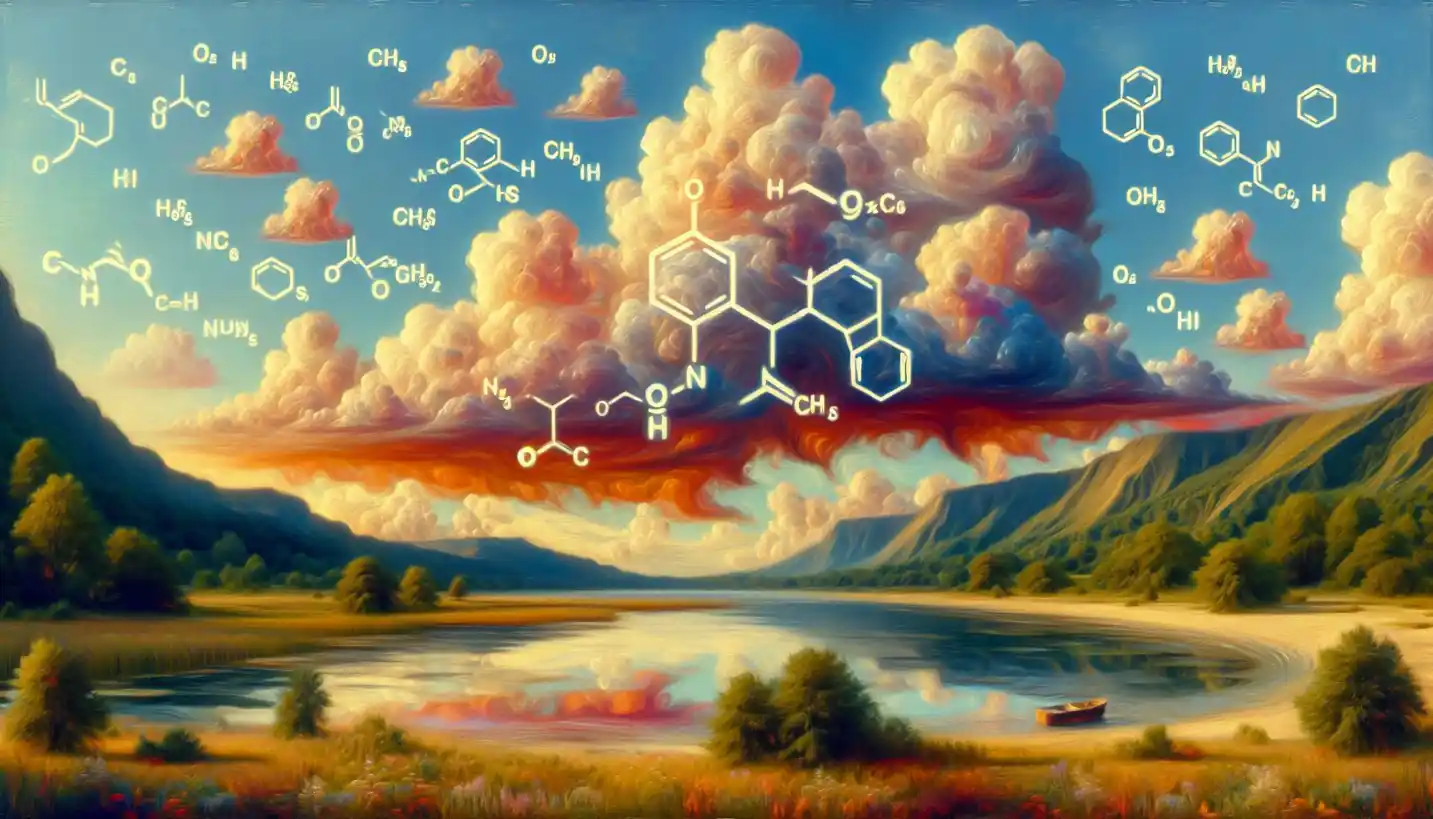
Phospholipids quietly build the membranes that protect and organize cells. Explore the essential roles these molecules play in creating the barriers and gateways of life.

Plasticity in polymer chemistry is all about flexibility and adaptability. Discover why plasticity is vital in creating versatile polymer materials.

π-π interactions make flat aromatic rings align beautifully. Discover their quiet influence in the detailed mosaic of supramolecular chemistry.
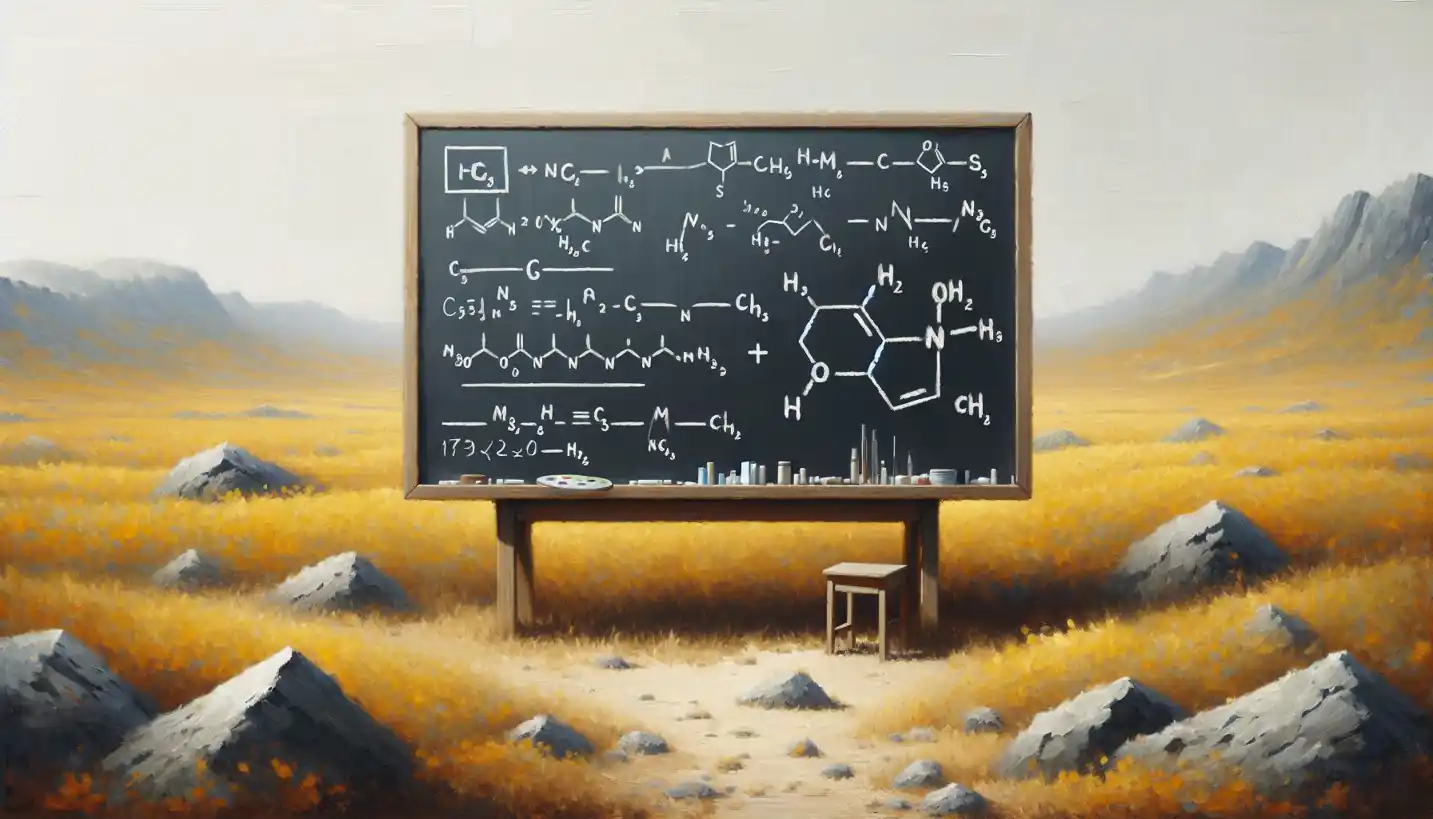
Delve into nanostructures, the tiny wonders that revolutionize our material world. Discover their surprising capabilities and their role in the future of chemistry.
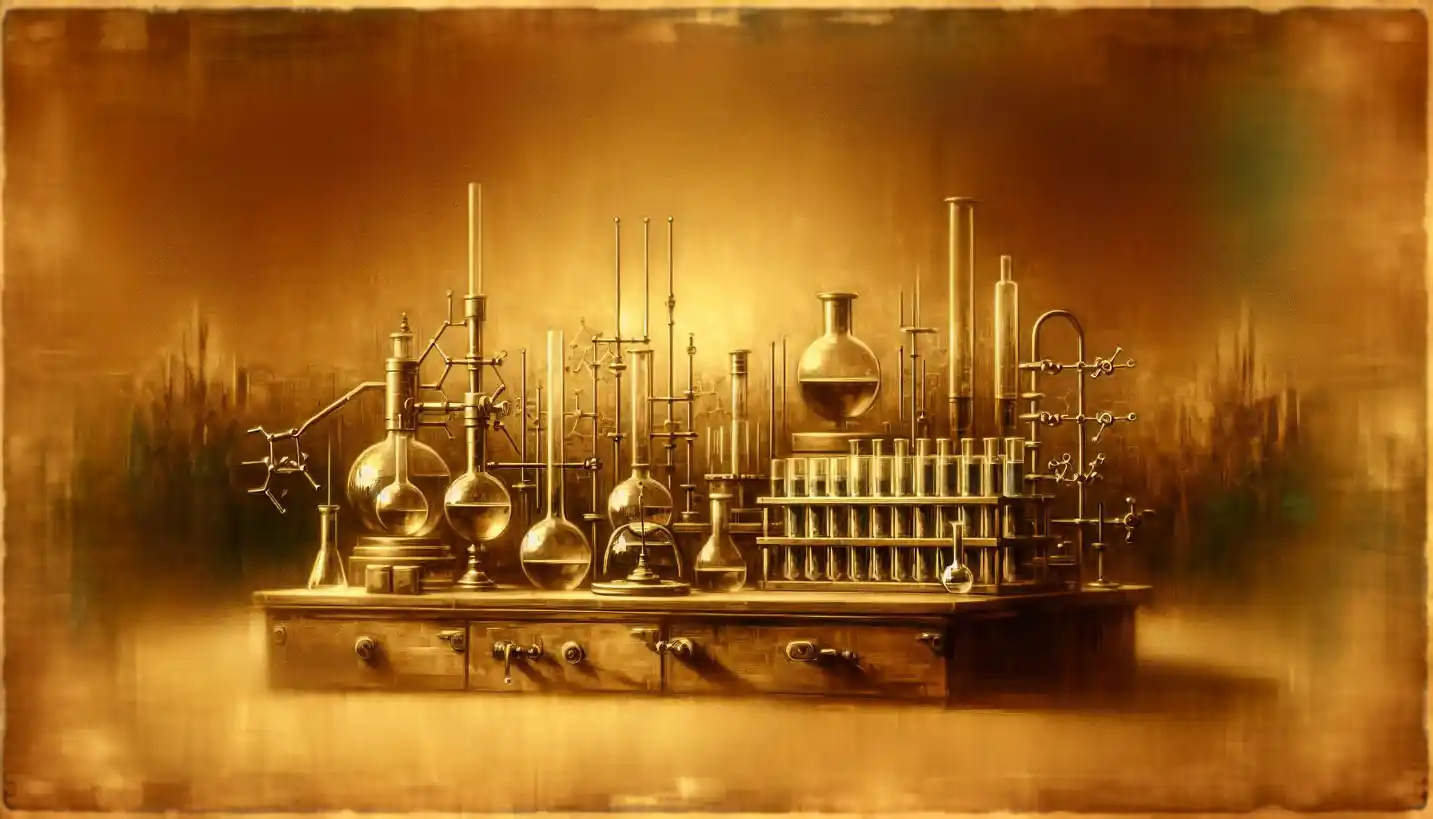
Lipophilicity describes a compound's affinity for fats over water. Dive into why this property matters for drug design and delivery.
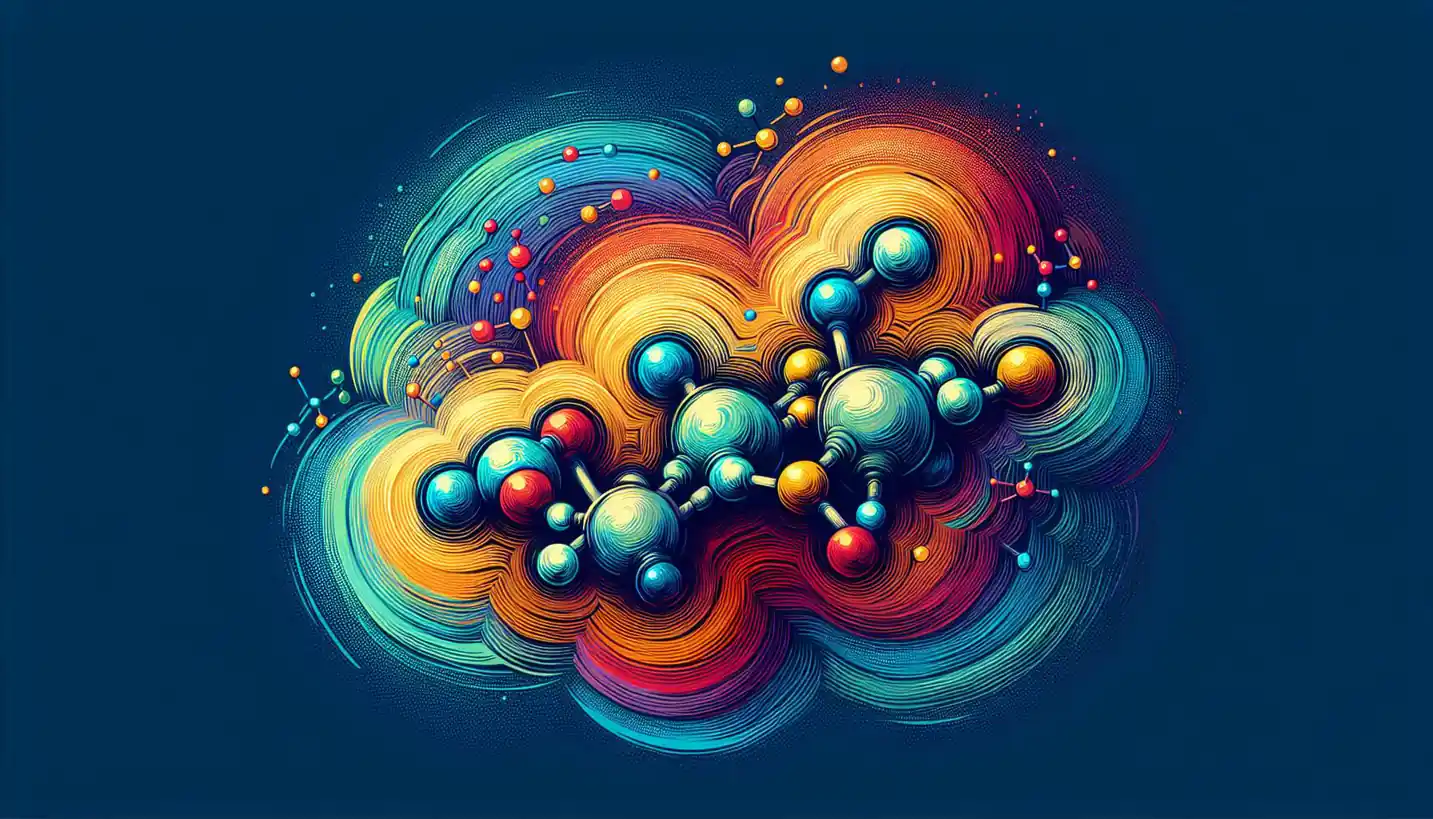
Crystallinity provides insight into the organized nature of polymers, offering a peek into the world of polymer chemistry.

Photobleaching describes how the brightness of fluorescent substances fades over time, a fascinating aspect of photochemistry. It explains why some glowing materials lose their shine.

Delve into the van der Waals interactions, which play a crucial role in computational chemistry, affecting molecular attraction and repulsion forces.
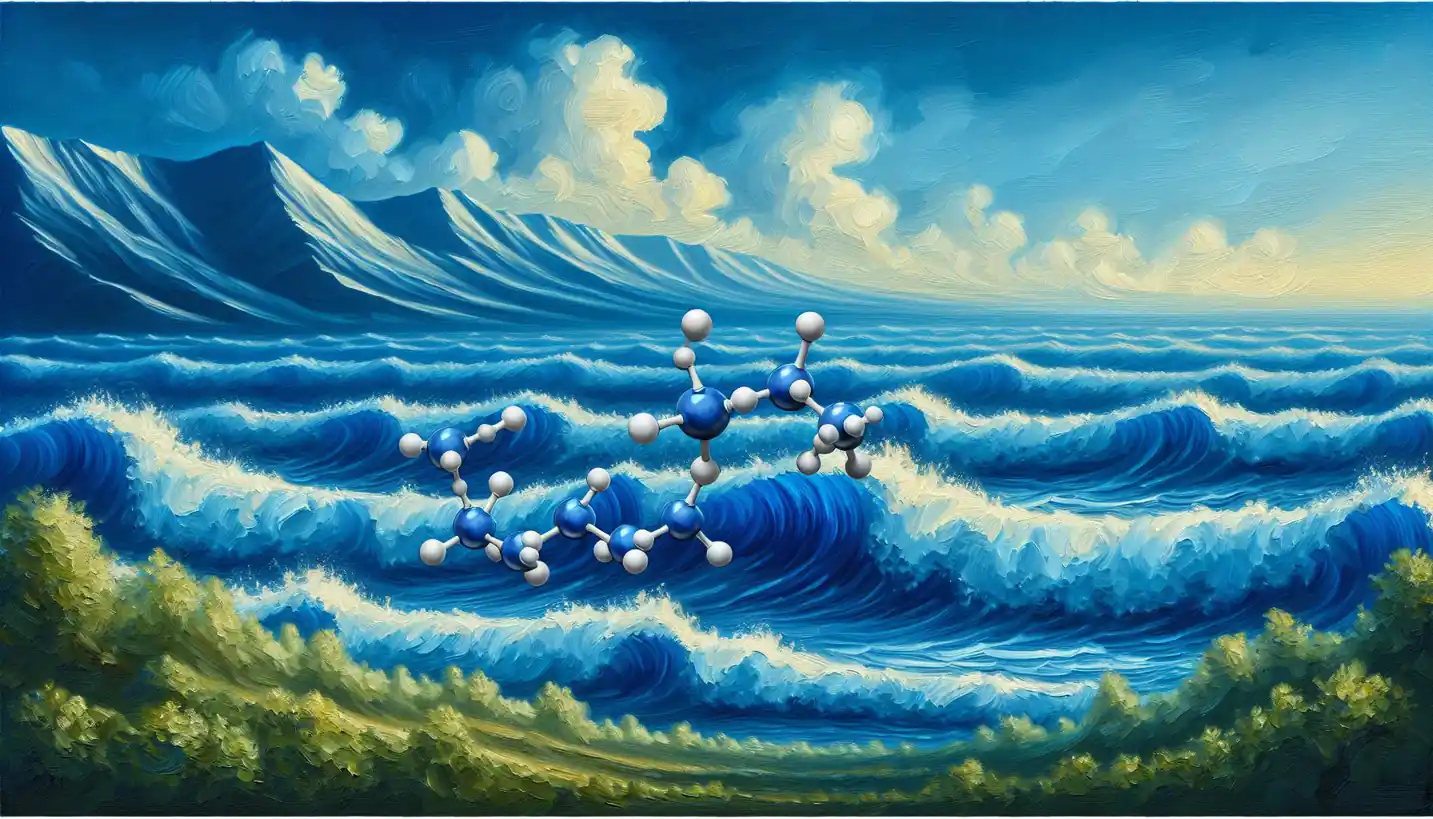
Self-assembly processes create complex materials with astonishing simplicity. Uncover the elegance of this natural design process in the world of nanochemistry.
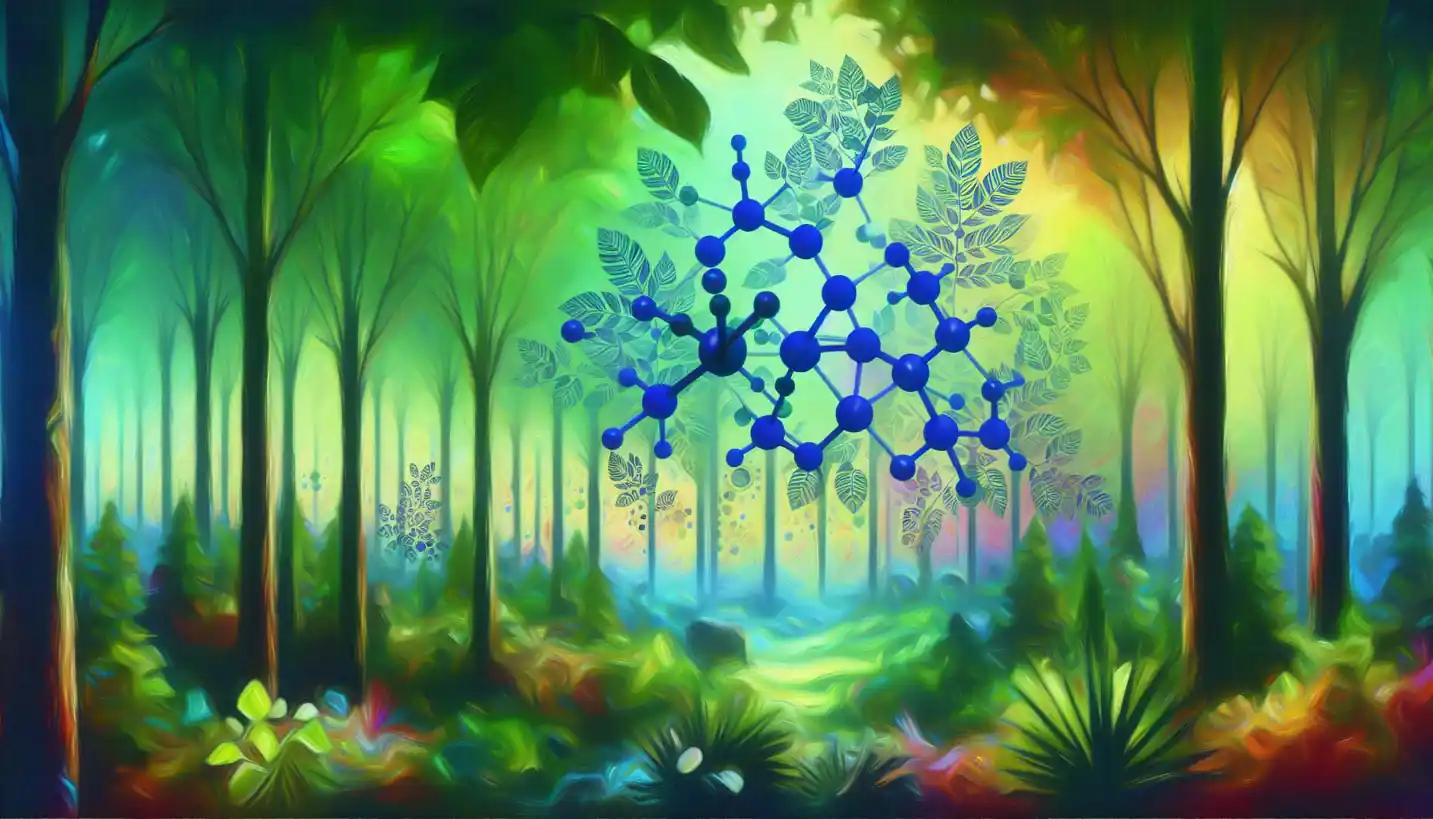
Allotropes show diverse forms of elements like carbon. Dive into the fascinating transformations that reveal chemistry’s versatile nature.